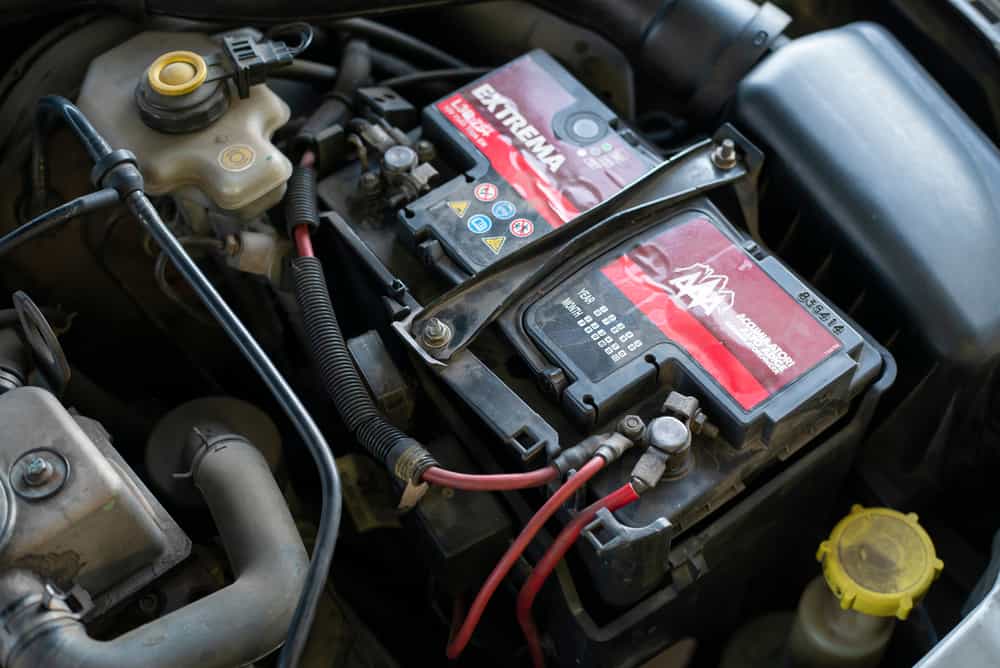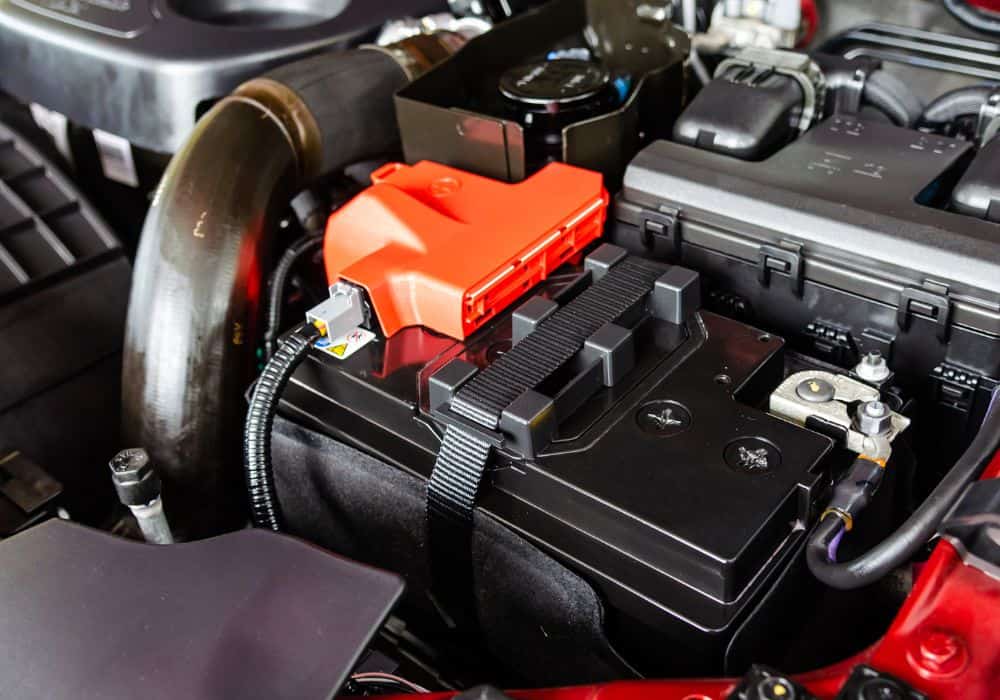Do you have a drained battery and wonder how long it would take to charge your car battery at 6Amps?
The answer may vary depending on the car battery’s capacity, the type of charger and battery, the depth of discharge, and the temperature.
However, as a general rule of thumb, it would take approximately 8-16 hours to charge a completely drained car battery at 6Amps.
In this guide, I’ll dive into factors affecting this varying time frame and help you figure out how you can charge your car battery faster at 6amps.
Table of Contents
Factors Affecting How Long Does It Takes to Charge a Car Battery at 6 Amp?
1. Battery Capacity
Most type of batteries is 48 amp hours. And I am not talking about cold-cranking amps here. Rather I’m referring to the amp power a car battery can produce without being charged. To fully charge a 48 amp car battery from dead to full, it could take about 8 hours. But when charging a 60Ah battery, it would take longer.
To make things easier for you, I’ll list the charging time for common battery sizes, so you know exactly how long it will take your battery to charge at 6 amps.
- 32Ah battery: 5 hours
- 48Ah battery: 8 hours
- 50Ah battery: 8 ½ hours
- 60 Ah battery: 10 hours
- 100 Ah battery: 17 hours
2. Battery Size
Generally, the larger the battery, the longer it will take to charge. Mid-size batteries usually take between 10-12 hours to charge, while a large car battery can take up to 24 hours to fully charge.
3. Depth of Discharge
The charging time can also depend on whether the battery is completely dead (100% discharged), nearly dead (80% discharged), or half dead (50% discharged).
At 100% discharge, you’ll need to keep the charger on the battery for a longer period before it even begins to charge. At 80% discharge, the battery immediately begins to charge. And, at 50% discharge, the battery charges less than half the time it takes when fully discharged.
4. Battery Temperature
Research has shown that charging a battery at a cold temperature can increase its charging time. So, if a 6 Amp charger takes 4 hours to charge your 48Ah battery from 50% discharge to fully charge at 77 degrees, the charging time could be up to 6 hours if the temperature is less than 35 degrees.
5. Battery’s Age and Condition
As your battery ages, its capacity to hold a charge decreases. So, if you have an older battery, it may take longer to charge than a new one. Additionally, If your battery is damaged or has been used heavily, it will likely take longer to charge than a battery in good condition.
6. Car Brand and Model Matters
As technology has evolved and energy efficiency has increased, car battery types have changed over time too. While most cars today are lead-acid batteries, some cars have more efficient lithium-ion batteries. If you have an older car or an economy car, there’s a big chance your battery is lead-acid and will take longer to fully charge.
On the other hand, Hybrid cars have a smaller engine and a lithium-ion battery, which means they usually charge much faster than other cars.
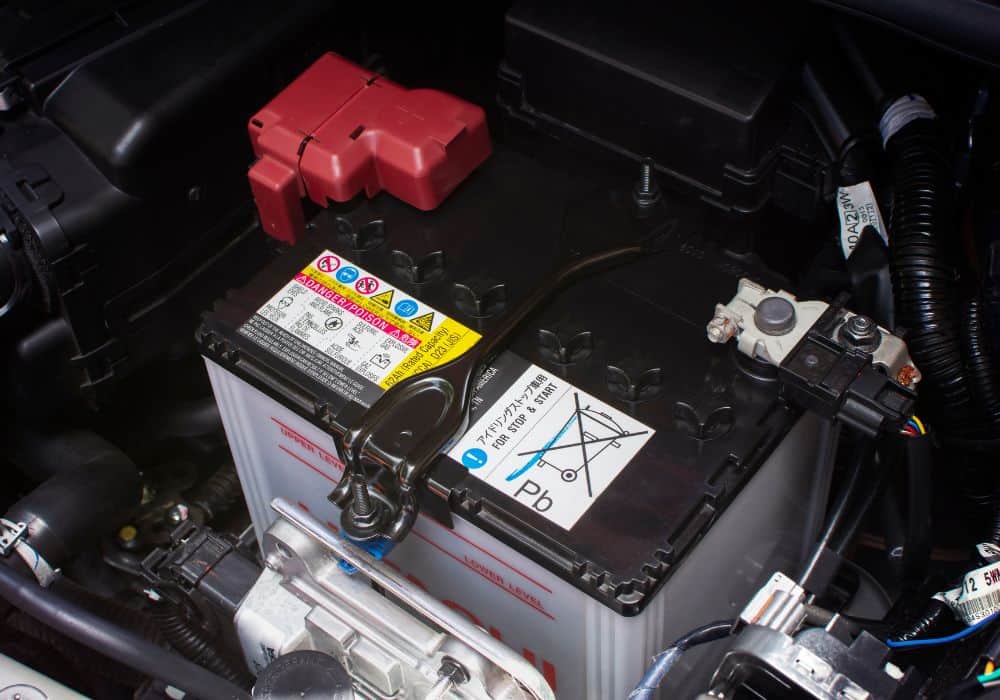
How Do I Get My Car Battery to Charge Faster?
To increase your battery charge rate, simply use a higher amperage charger or maintainer. A 12 amp charger, for example, will charge a 48Ah battery from empty to full in 4 hours.
However, a high-power charger should only be used in an emergency. In my experience, charging a battery at too high amps can lead to overcharging and harm the battery. As a result, you should only use chargers above 12 amps of current for an hour at a time.
Another way to charge your battery faster is to start driving after about an hour of charging. This is a viable option, especially if you are in a hurry. While it may take up to 8 hours to charge your car battery from dead to full, you can actually start the car within 1 hour of charging and allow the alternator to charge the battery faster.
The only requirement here is that you drive the car for at least 40-60 minutes to fully recharge the battery.
However, it should be a last resort because charging your car on the alternator over 12 volts makes the alternator work harder, especially if you spin the car faster.
What is the Best Amp (Speed) To Charge a Car Battery?
The best amp or speed to charge your car battery is largely determined by its size. Use a 2 to 8-amp range or charger for a battery size of 60Ah or less. This helps to keep the battery safe and healthy.
However, for larger battery sizes of 100Ah to 200Ah, a charger with a charge current rating of 20 to 40 amps can be used. Ensure that the charger you use does not give an amp current that is 25% higher than the battery capacity.
While a high ampere charger or setting can charge your car battery faster, it can also damage and shorten its life. For instance, if you use a 30 amp charger on a 60Ah battery, you risk overheating it, warping the plates, and increasing the production of explosive hydrogen gas.
A low ampere charger is the best charger for your car battery. Although it will take longer to fully charge your battery, it is well worth the wait. A slower charge gives the battery plates more time and less stress to convert electrical current into chemical energy.
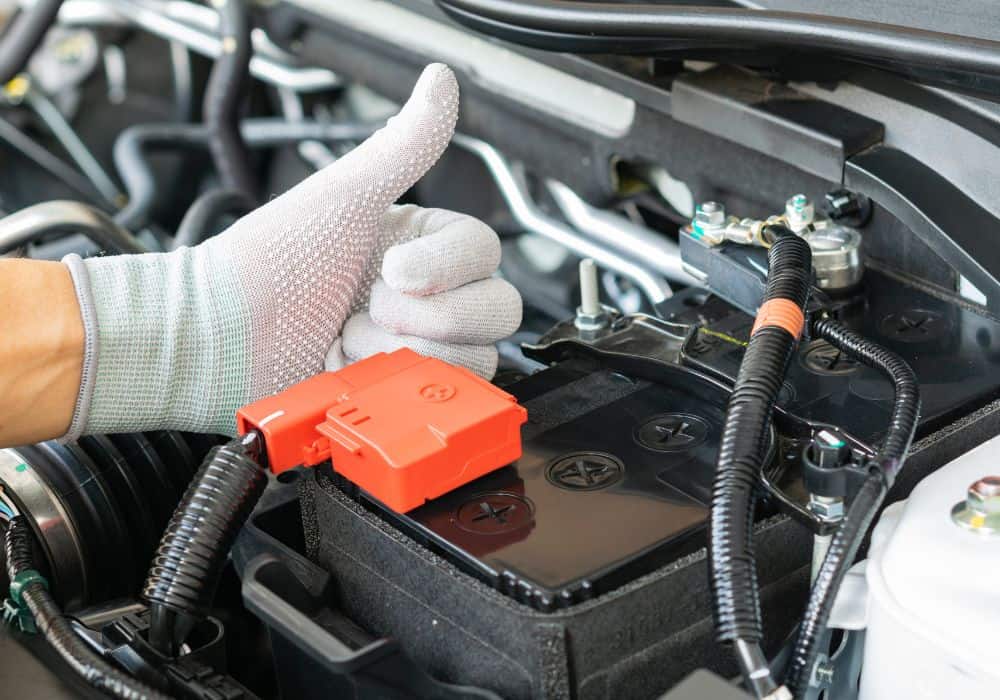
How Can You Safely Charge a Car Battery?
Here is a simple step-by-step instruction to follow;
To get started with the charging process
- Turn off all electrical features, including the exterior and interior lights. If you leave anything on while charging, it may cause the battery to drain, increasing the charging time.
- Disconnect the battery from the terminal or remove it from the vehicle to charge it if you have the necessary tools. Although this isn’t necessary, especially if the model of your car makes it difficult to access the battery.
- To disconnect the battery, remove the negative cable first. This is indicated by a black cable or a negative (-) sign on the terminal
- Make sure the area is well-ventilated. And you can also put on your safety gloves and glasses for extra protection.
1. Set your Charger
Ensure your car battery charger is set to the correct ampere for your battery capacity. If you use a basic charger, you may not need to worry about this because it usually has a basic ampere range of 2 to 10. However, most modern chargers require you to program your ampere rate.
Also, always remember using a lower ampere is better for your battery’s life than using a high ampere.
2. Prepare the Battery
Remove any corrosion from the battery terminal to ensure that the charger makes a good connection. Simply use a brush or baking soda paste to clean the terminal.
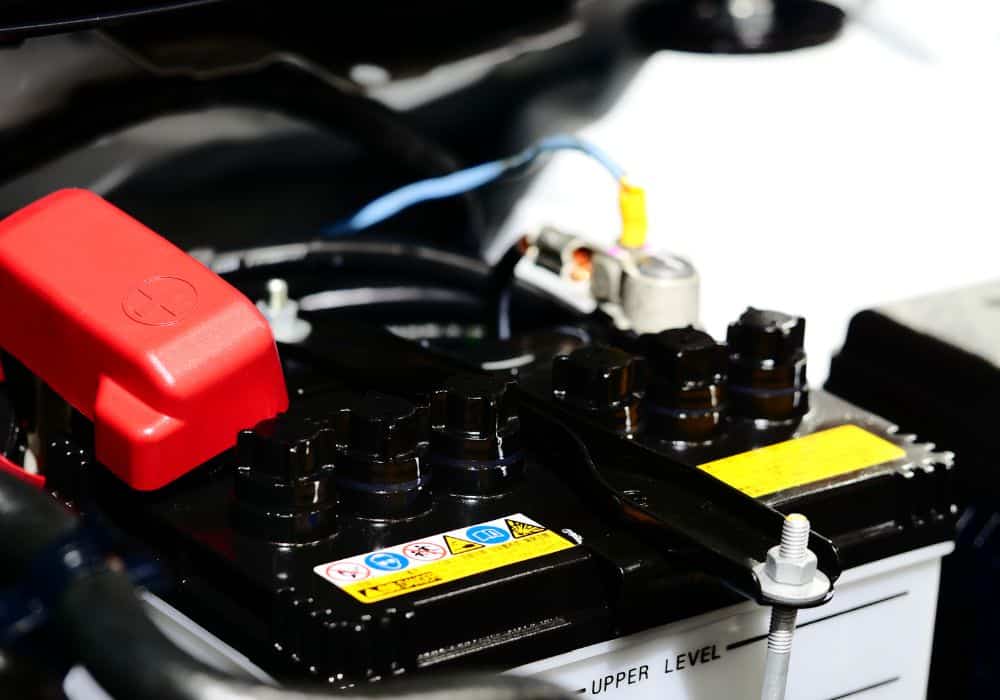
3. Connect the Charger
Make sure it is turned off before connecting it to the battery. Then connect the charger’s positive (red) cable to the battery’s positive terminal and the charger’s negative (black) cable to an unpainted metal part of the car away from the battery.
4. Charge Your Battery
To start charging your battery,
- Turn on the charger and leave it connected to the battery until fully charged. This could take up to 8 hours if the charger is set at 6 Amps.
- Once the battery begins to charge, the indicator light (or ammeter) on the charger will show that it is being charged. However, if the battery is completely discharged, the charger might not recognize it immediately. So leave it for some time and check back.
- Once the battery is fully charged, turn off the charger and remove the clips starting with the negative cable. Then connect the battery to the car cable and start the engine. Your car should start working now. But if the battery doesn’t work, you should contact your car mechanic.
Quick Tip: If your smart charger doesn’t recognize your car battery, you’ll most like need to jump the battery from another vehicle for a few minutes to revive the voltage so that the charger can recognize it.
Conclusion
With a 6 Amp charger, it should take at least 8 hours to get your car battery to full charge. But if you don’t have the patience to wait that long, you can try the faster-charging methods, such as using a higher ampere charger or starting the car after charging for an hour.
However, you should also be aware of the risk of fast charging your car battery, so you don’t want to make it a habit. Instead, get a good battery charger for your car and charge it slowly overnight whenever you notice the battery is low.
If you follow the safety charging instructions outlined in this guide, you will be able to enjoy your car battery and charger for a longer period.
I’d love to hear your thoughts in the comments section and feel free to follow through for more car battery tips.
